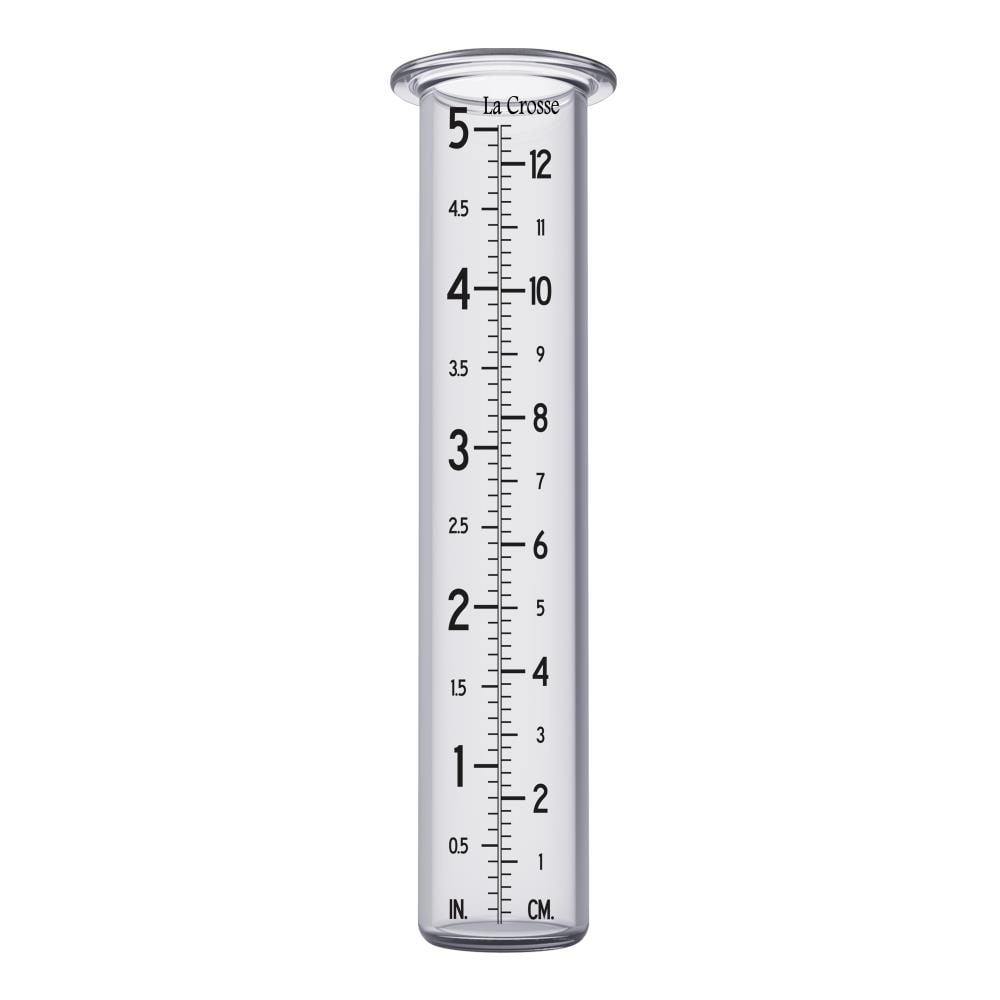The Rain Gauge: Enhancing Agricultural and Environmental Keeping Track Of Initiatives
The Rain Gauge: Enhancing Agricultural and Environmental Keeping Track Of Initiatives
Blog Article
Do It Yourself Rain Scale: Easy Steps to Make Your Own
Producing your very own DIY rainfall gauge is a effective and straightforward method to record and measure rainfall. With simply a few usual materials and some standard actions, you can quickly build your own rain scale at home. Let's get started on making your Do it yourself rain scale today!
Gather Materials
To begin constructing your do it yourself rain scale, gather all the needed materials using an extensive listing of products. Having the appropriate products on hand will make certain the effective development of your rain gauge and enable accurate measurements of rainfall. You will certainly need a clear plastic container or cyndrical tube, such as a plastic bottle or container. See to it the container is clear to make sure that you can quickly see the water degree inside. Next, you will certainly need a ruler or determining tape to note the increments on the container. This will enable you to measure the amount of rainfall accurately. Furthermore, you will need a long-term pen or water-proof tape to note the dimensions on the container. This will make sure that the markings continue to be noticeable also when exposed to rainfall. Ultimately, you will require a tough base or stake to safely hold your rain gauge in location. This can be a wooden or metal risk that can be inserted right into the ground or a sturdy level surface to provide security. Collecting these materials beforehand will streamline the construction process and make sure that you have whatever you require to create your own do it yourself rainfall gauge.
Prepare the Container

Mark the Dimension Increments
To accurately determine the amount of rainfall, precisely marking the dimension increments on your do it yourself rainfall scale is necessary. Without accurate and clear markings, it would certainly be hard to establish the specific amount of rains accumulated in your rainfall gauge. Here are the steps to mark the dimension increments on your rainfall gauge.
The most typical systems for gauging rainfall are millimeters and inches. As soon as you have actually picked the device, make use of an irreversible marker or water-proof paint to mark the increments have a peek at these guys on the side of your rain scale.
When noting the increments, it is very important to make certain that they are uniformly spaced and plainly noticeable. Utilize a leader or determining tape to make sure accuracy and uniformity. Additionally, make certain that the markings are resistant to fading or rubbing off, as exposure to the components might trigger them to weaken gradually.
Location the Rain Gauge Outdoors
The rain gauge need to be placed outdoors to precisely accumulate rains data. The place chosen for the rain gauge should be totally free and open from any kind of blockages that can potentially affect the dimension of rainfall. It is important to find an area that is not blocked by trees, structures, or various other structures that might obstruct the rain from reaching the gauge. This will certainly make sure that the gathered data is rep of the real rainfall in the area.
In addition, it is vital to place the rain scale on a secure surface, such as a degree ground or a tough blog post. This will avoid any kind of movement or tilting of the scale, which could bring about unreliable measurements. It is likewise advisable to avoid placing the gauge near any sources of man-made water, such as lawn sprinklers or water drainage systems, as this could disrupt the precision of the measurements.
Screen and Record Rain Information
Regular surveillance and recording of rains information is essential for precise information evaluation and interpretation. By keeping an eye on rainfall dimensions, you can gain valuable understandings right into weather patterns, climate trends, and water source monitoring. To effectively keep track of and videotape rainfall data, it is very important to establish a regular and preserve consistent practices.
First of all, make sure that your rain gauge is positioned in an open area away from challenges such as trees or structures that may obstruct rainfall. Furthermore, make certain the rain gauge is level and securely anchored to stop any motion that could affect the accuracy of the dimensions.

When recording the rainfall information, it is vital to keep in mind the day and time of each dimension. Utilize a leader or a gauging stick to determine the rains deepness in the rain gauge, and document this info accurately.
To make sure the precision of the dimensions, it is suggested to empty the rainfall gauge after each recording. This will certainly protect against any overflow or dissipation from affecting succeeding measurements.
Verdict
In final thought, producing a DIY rainfall scale is a functional and simple means to keep track of and videotape rains data (The Rain Gauge). By visit this website complying with the actions outlined in this post, you can conveniently gather materials, prepare the container, note the measurement increments, and place the rainfall scale outdoors. Routinely checking and videotaping rains information can give useful info for different functions
Having the best materials on hand will guarantee the successful development of your rain gauge and permit for exact measurements of rainfall.To accurately gauge the amount of rains, accurately marking the measurement increments on your DIY rain scale is important.The rainfall scale ought to be put outdoors to precisely accumulate rainfall information. The place picked for the rainfall scale need to be complimentary and open from any blockages that can possibly affect the measurement of rainfall.In conclusion, producing a DIY rain gauge is a simple and functional method to keep track of and videotape rainfall information.
Report this page